Requirements for Process Automation
Argon Digital
OCTOBER 24, 2022
The processes that describe how the business currently works are called the as-is or current-state processes. Those that describe the envisioned future state of how the business will operate are called the to-be processes. What about the Process Analysis Space? Business process acronyms galore.

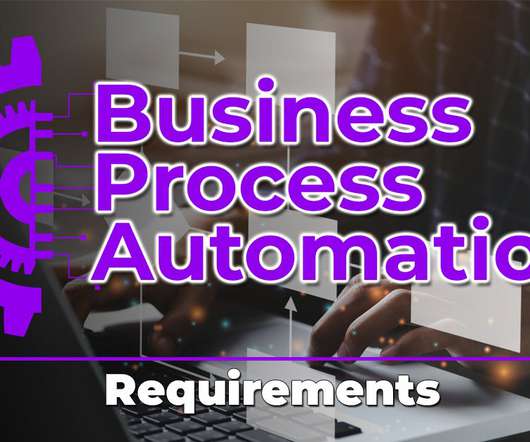

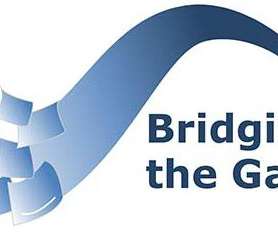
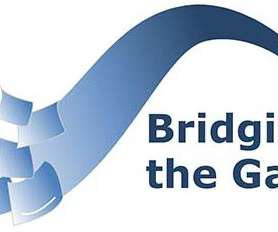
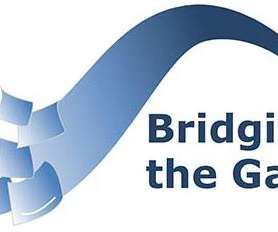
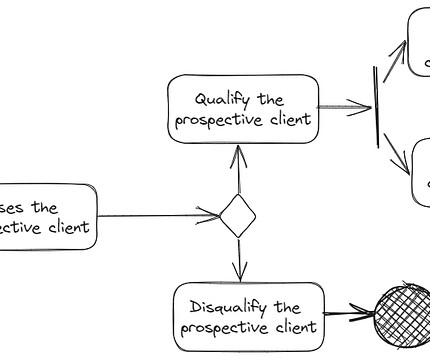

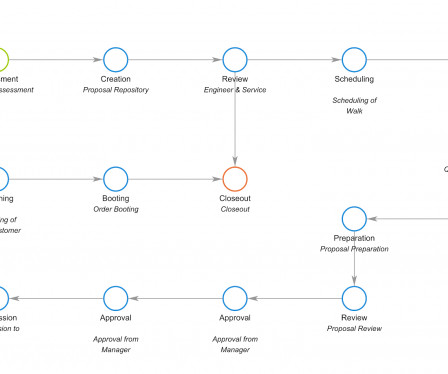
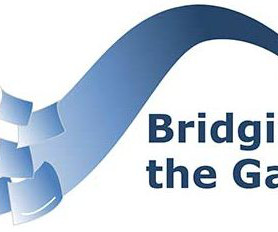
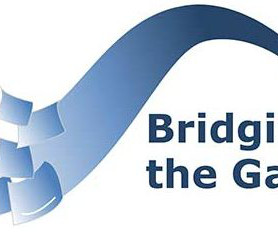
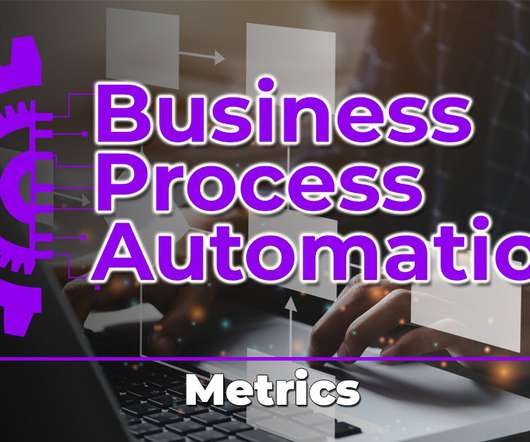







Let's personalize your content